The Ecuadorian Bulldog is a unique, lesser-known breed with roots in Ecuador, standing out for its loyalty, protective instincts, and affectionate nature.
Unlike the more famous English or French Bulldogs, the Ecuadorian Bulldog is rare and still relatively new to the global dog scene.
These dogs combine the strong, muscular look we often associate with bulldogs, along with a gentle and devoted personality that makes them wonderful companions.
In this article, we’ll dive deep into what it’s like to own an Ecuadorian Bulldog, covering everything from their temperament and exercise needs to grooming, training, and health care.
Pros and Cons of Owning an Ecuadorian Bulldog
Before you decide to bring an Ecuadorian Bulldog into your life, it’s important to weigh the pros and cons.
While they make excellent companions, they do require specific care and attention, especially concerning their health and exercise.
Pros
- Loyal and Protective: Excellent watchdogs with a gentle nature.
- Good with Families: Generally good with kids and other pets.
- Low-Maintenance Coat: Minimal grooming needs.
Cons
- Health Issues: Prone to respiratory and joint problems.
- Exercise Needs: Require regular exercise but not too intense.
- Sensitive to Climate: Don’t tolerate heat well, limiting outdoor time in summer.
History and Origins of the Ecuadorian Bulldog
The Ecuadorian Bulldog doesn’t have as long a history as some other breeds.
Developed relatively recently in Ecuador, this breed was created by selectively breeding various bulldog types to form a dog with particular traits—strength, loyalty, and a unique look.
Over time, these traits became more defined, resulting in a breed that combines some of the best qualities from other bulldog varieties, but with its own distinct Ecuadorian flair.
Since the breed isn’t recognized by major kennel clubs yet, its history is still evolving. The Ecuadorian Bulldog remains rare and is mostly found in Ecuador and some surrounding regions in South America.
But its popularity is gradually increasing as more people learn about this wonderful dog.
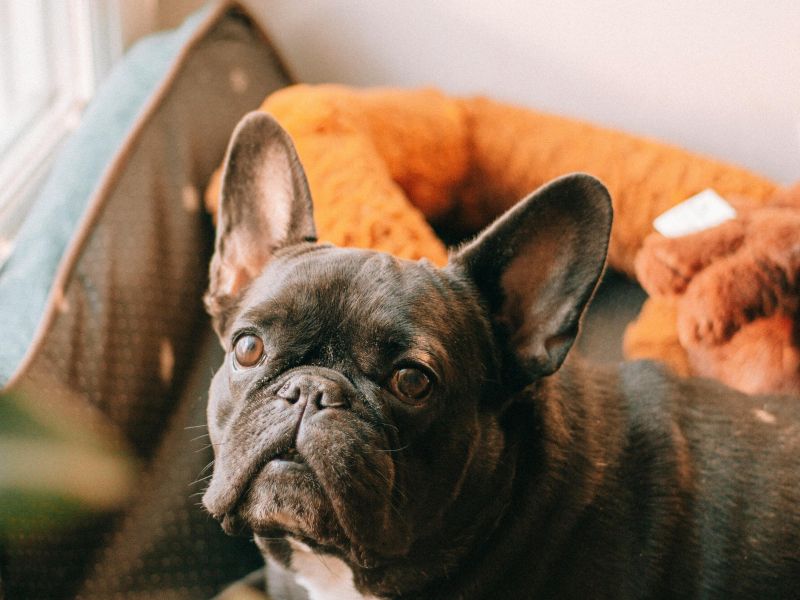
Physical Characteristics and Appearance
Typically, Ecuadorian Bulldogs are medium to large-sized dogs, with a muscular build and a stocky frame that shows off their strength.
They have a broad chest, sturdy legs, and a head that’s slightly larger in proportion to their body—a classic bulldog trait.
Their face is often marked by wrinkles, giving them an expressive, even serious, appearance.
They have a short, smooth coat that’s low-maintenance, often coming in shades of white, brindle, and fawn. Despite their powerful build, there’s a certain softness in their eyes that shows their gentle side.
Key Physical Features
- Size: Medium to large
- Weight: 50-80 pounds
- Coat: Short and smooth, easy to groom
- Colors: Typically white, brindle, or fawn
- Distinctive Traits: Wrinkled face, muscular build
Temperament
If there’s one word to describe the Ecuadorian Bulldog, it’s “devoted.” These dogs are incredibly loyal to their families, often forming close bonds with each family member.
Their friendly and affectionate nature makes them wonderful companions, especially for those who enjoy a dog with a protective, watchful side.
They’re known to be good with children and generally get along with other pets, especially when they’re socialized from a young age.
One thing to know about the Ecuadorian Bulldog is that they’re also highly alert, making them excellent watchdogs. They’re not overly aggressive but will certainly let you know if there’s something unusual going on.
They balance their protective instincts with a calm, laid-back demeanor, which makes them easy to live with.
Personality Traits
- Loyal and Devoted: Forms strong bonds with family members.
- Protective but Calm: Acts as a natural guardian but isn’t overly aggressive.
- Affectionate and Social: Enjoys being around people and can be good with kids and other pets.
Exercise Needs: How Active is the Ecuadorian Bulldog?
Ecuadorian Bulldogs are active but not overly energetic. They do well with regular walks, some playtime, and the occasional adventure outdoors.
However, they don’t need hours of intense exercise, making them suitable for both active families and those who prefer a more relaxed lifestyle. A few short walks and interactive playtime should keep them happy and healthy.
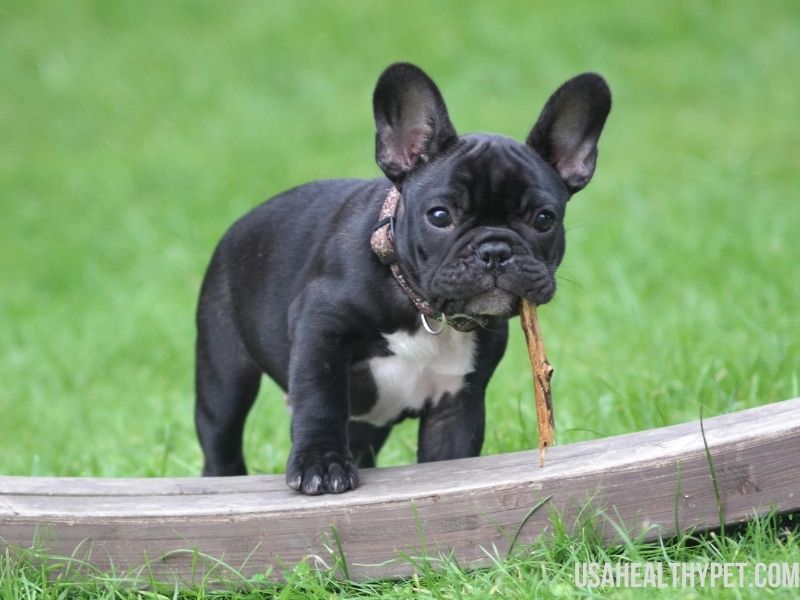
It’s essential to monitor their activity levels because, like other bulldogs, they can be prone to overheating in hot weather due to their muscular build and shorter snouts.
So, make sure you keep exercise moderate and allow for breaks in the shade when it’s warm outside.
Exercise Tips
- Daily Walks: One to two short walks per day.
- Playtime: Engage in interactive games or light fetch sessions.
- Avoid Overheating: Be cautious in hot weather; provide plenty of water and rest.
Grooming Requirements for the Ecuadorian Bulldog
When it comes to grooming, Ecuadorian Bulldogs are relatively low-maintenance. Their short coats don’t shed excessively, but they still benefit from a weekly brushing to keep their coat shiny and healthy.
Regular brushing also helps to reduce shedding around the house and gives you a chance to check for any skin issues.
Another area to pay attention to is their facial wrinkles. Like other bulldog breeds, Ecuadorian Bulldogs have wrinkles on their face, which can collect dirt and moisture.
It’s a good idea to clean these wrinkles regularly to prevent any irritation or infection.
Grooming Checklist
- Brushing: Once a week to reduce shedding and keep the coat clean.
- Wrinkle Cleaning: Wipe their wrinkles every few days to prevent skin issues.
- Nail Trimming: Regular nail trims to prevent overgrowth.
- Ear Cleaning: Clean ears once a week to prevent infection.
Health Concerns and Lifespan
Like all breeds, the Ecuadorian has specific health considerations to be aware of. Generally, this breed has a lifespan of around 10 to 12 years, though it can vary depending on care and genetics.
While they tend to be hardy dogs, they are prone to a few common health issues, mostly due to their muscular, short-snouted build.
Some Ecuadorian Bulldogs may experience respiratory problems, especially in hot or humid climates.
Brachycephalic (short-nosed) breeds can struggle with breathing in extreme heat or during intense exercise, so it’s essential to monitor them closely during activities.
Additionally, like many bulldogs, they can be prone to hip dysplasia, a joint condition that may cause pain or mobility issues as they age.
Regular vet check-ups and a balanced diet can go a long way in preventing or managing these conditions.
Common Health Issues
- Respiratory Issues: Monitor breathing during exercise and hot weather.
- Hip Dysplasia: Common in bulldog breeds; maintain a healthy weight to reduce strain.
- Skin Conditions: Regularly clean wrinkles to prevent infections.
- Allergies: Some Ecuadorian Bulldogs may develop food or environmental allergies.
Diet and Nutrition: Feeding an Ecuadorian Bulldog
Feeding an Ecuadorian Bulldog the right diet is key to their health and energy levels. Bulldogs benefit from high-quality, protein-rich dog food that supports muscle maintenance and provides balanced nutrients.
Look for a dog food that includes whole meat sources (like chicken, beef, or fish) and avoid fillers like corn and soy, which can be hard for some bulldogs to digest.
Feeding them twice a day in measured portions is generally recommended, along with a few low-calorie treats during training or as a reward.
Dietary Tips
- High-Quality Protein: Choose dog food with real meat as the first ingredient.
- Portion Control: Avoid overfeeding to prevent obesity.
- Supplement Needs: Ask your vet about supplements, like glucosamine, for joint health.
- Fresh Water: Keep fresh water available, especially in warm weather.
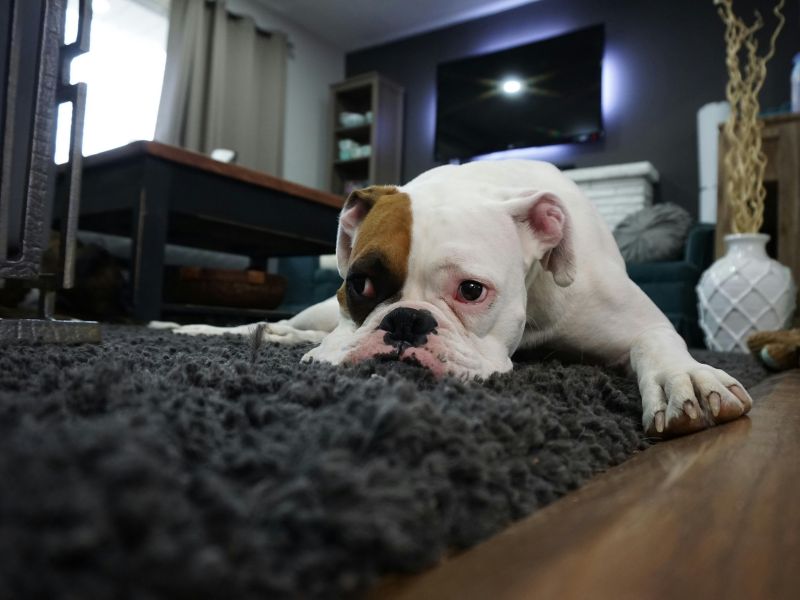
Training and Socialization Tips
Training an Ecuadorian Bulldog can be an enjoyable experience, but it requires a gentle yet consistent approach. These dogs are intelligent and willing to please but may sometimes display a bit of stubbornness.
Positive reinforcement—praising them and giving treats when they follow commands—works wonders. Ecuadorian Bulldogs respond well to affection, so showing them they’ve done well can be as rewarding for them as treats.
Socialization from a young age is also essential. Introducing your dog to new people, places, and experiences helps them become well-rounded, confident adults.
Since they can have a protective side, early socialization helps them feel secure and comfortable around new situations and prevents them from becoming overly guarded.
Training Basics
- Positive Reinforcement: Reward-based training to encourage good behavior.
- Consistency is Key: Set routines and be patient with commands.
- Early Socialization: Introduce them to different environments and people.
- Leash Training: Practice leash manners to prevent pulling, as they are strong dogs.
Is the Ecuadorian Bulldog a Good Family Pet?
If you’re considering bringing an Ecuadorian Bulldog into your home, you’ll be happy to know that they make fantastic family pets!
Known for their loyalty and affectionate nature, these dogs tend to form close bonds with each family member.
They’re generally good with children and enjoy the companionship of their human “pack,” making them great family companions.
Their protective instincts also make them natural guardians, but they’re not aggressive unless they feel there’s a real threat. This breed does well in a household where they receive plenty of attention and love.
They may not thrive in homes where they’re left alone for long periods, as they prefer to be near their family members and can experience separation anxiety.
Family-Friendly Traits
- Gentle with Children: Known to be good with kids.
- Protective but Loving: Acts as a guardian while staying affectionate.
- Enjoys Company: Prefers being with family and dislikes long periods alone.
Living Conditions: Where Do Ecuadorian Bulldogs Thrive?
Ecuadorian Bulldogs are versatile in terms of living conditions, adapting well to both apartments and houses as long as they get enough exercise.
Their moderate exercise needs mean they don’t require a large yard, but they do appreciate outdoor time whenever possible.
Since they’re sensitive to extreme temperatures, it’s best to keep them in a climate-controlled environment, especially during hot or humid weather.
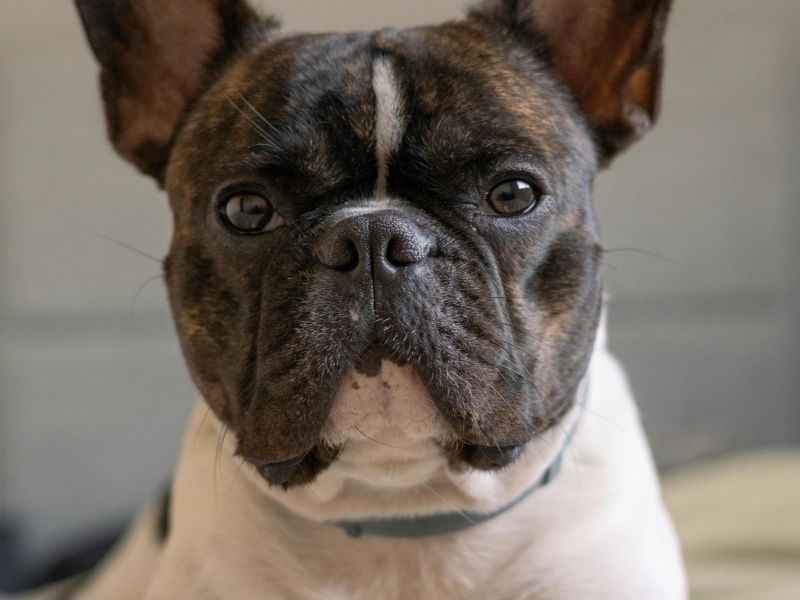
Indoor living suits them just fine, and they often enjoy a cozy spot near their family. However, regular walks and outdoor playtime are essential for keeping them physically and mentally stimulated.
If you live in a smaller space, just ensure they get daily walks and some interactive play.
Living Environment Tips
- Apartment Friendly: Suitable for smaller living spaces with regular walks.
- Climate Sensitivity: Keep them indoors during extreme weather.
- Yard is a Plus: They enjoy a fenced yard for supervised outdoor play.
Where to Find an Ecuadorian Bulldog
Finding an Ecuadorian Bulldog might be a bit challenging, as they are a rare breed mostly located in Ecuador.
If you’re outside of Ecuador and interested in this breed, contacting reputable breeders or international rescue organizations is a good starting point.
Make sure you work with breeders who prioritize health and temperament, as bulldogs can be prone to certain health issues when bred irresponsibly.
Another option is to consider a rescue organization that specializes in bulldog breeds. Adopting can be a wonderful way to give a dog a second chance while also avoiding some of the costs associated with buying from a breeder.
Finding Tips
- Reputable Breeders: Look for breeders who prioritize health screenings.
- Rescue Organizations: Check bulldog rescues for potential adoption.
- Health Guarantees: Ensure breeders offer health guarantees for puppies.
Costs of Ownership
Owning an Ecuadorian Bulldog involves more than just the initial purchase or adoption fee. Bulldogs tend to require specific care, which can add to the costs.
Veterinary care, grooming supplies, high-quality dog food, and training are all important to consider.
Due to their potential health concerns, it’s wise to budget for veterinary visits and possibly pet insurance to help cover any unexpected expenses.
Estimated Costs
- Initial Purchase/Adoption: $1,000 – $2,500, depending on breeder or rescue fees.
- Food and Supplies: Approximately $50 – $80 per month.
- Veterinary Care: Annual checkups, plus any extra costs for health issues.
- Pet Insurance: Highly recommended due to potential health risks.
Conclusion: Is the Ecuadorian Bulldog Right for You?
The Ecuadorian Bulldog is a unique, affectionate, and loyal breed that can make a wonderful addition to the right home.
If you’re looking for a dog that’s protective yet gentle, loves being with family, and has a moderate exercise requirement, this breed might be a perfect fit.
However, it’s essential to be prepared for potential health needs and to provide them with a comfortable environment.
Whether you’re living in a cozy apartment or a house with a yard, the Ecuadorian Bulldog can adapt as long as it gets the love and care it deserves. So, are you ready for the commitment of a loyal, loving, and one-of-a-kind companion?
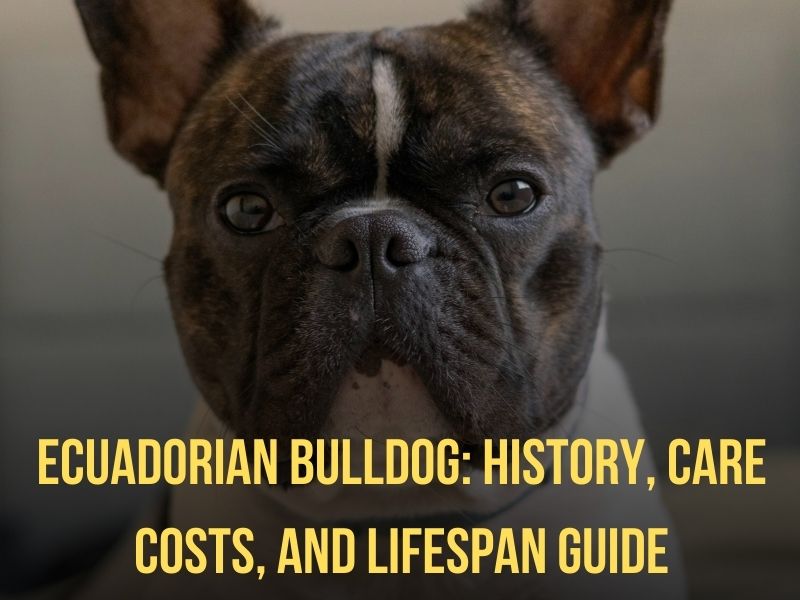
Pingback: What to Do When Your Dog's Nail Bends Sideways: Expert Guide
Pingback: What to Do if Your Dog Ate a Small Piece of Onion?